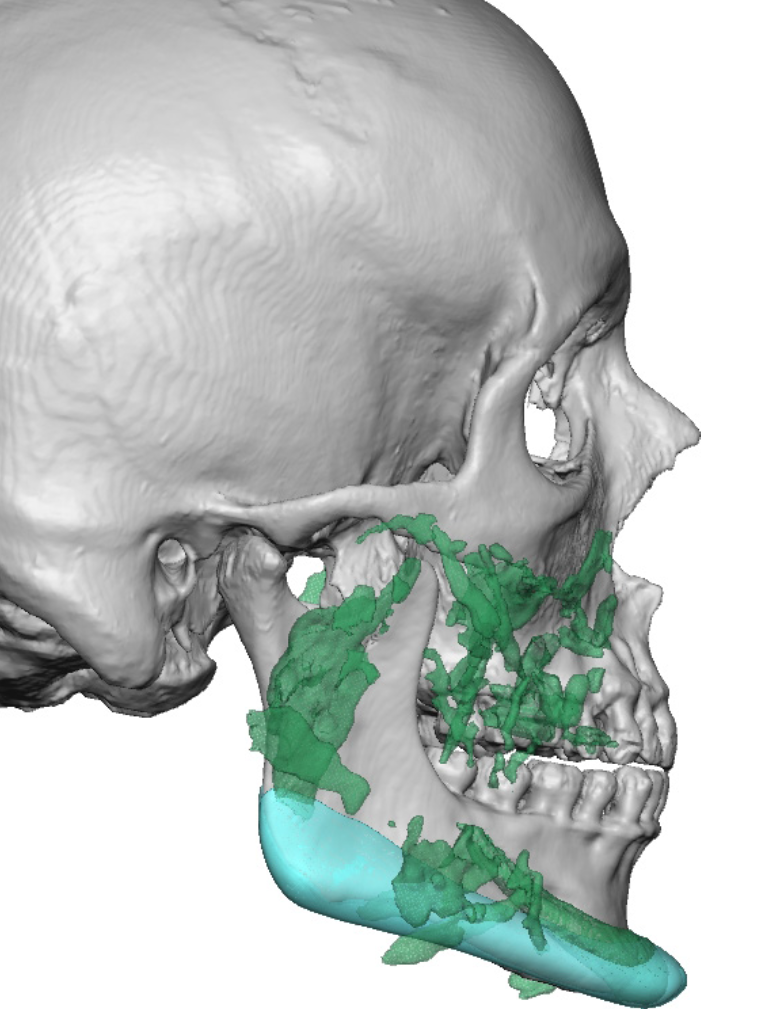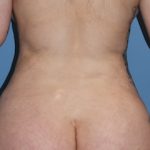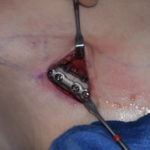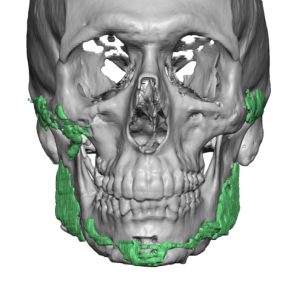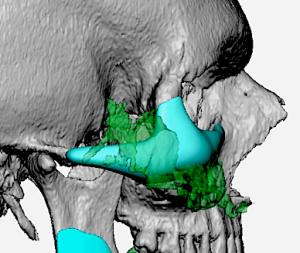Aesthetic facial enhancement can be achieved through three primary methods: injectable synthetic fillers, injectable fat, and implants. Each of these has unique advantages and limitations, and no single option is ideal for every patient or every area of facial enhancement. It’s also not uncommon for patients to undergo more than one of these methods over time, for different reasons.
The most common progression follows a linear path: patients start with nonsurgical or minimally invasive injection techniques and later “graduate” to facial implants for a more permanent, predictable long-term result. However, the reverse can also occur — patients may begin with implants and later opt for injections, either to complement the implants or address other areas.
For this reason, I often describe these three facial volumization methods as a circle: patients can enter and exit the circle at various points, depending on their goals, circumstances, and evolving preferences.
Combining Methods in the Facial Volume Circle
These three methods are not mutually exclusive. In fact, it is quite common for patients to have one, two, or even all three present in their face at the same time. This can enhance the overall result — for example, supplementing an existing implant’s effect or augmenting additional facial areas to create balance and harmony.
A common scenario involves a patient who already has fillers and is now considering custom-designed facial implants for a more significant and longer-lasting augmentation. Naturally, the question arises:
Do the fillers need to be dissolved before implant design and surgery? Or can the implants be designed with the fillers still present?
Surgeons’ opinions vary on this, but in my practice, I generally do not find it necessary to dissolve the fillers beforehand. Fillers do not obscure the bone structure on imaging, nor do they interfere with the digital implant design process, since the bone remains clearly visible.
Radiesse Filler and Custom Facial Implant Designs
One injectable filler actually aids in the implant design process: Radiesse.
Radiesse is unique because its calcium phosphate composition makes it visible on 3D CT scans. Since it is placed in the subcutaneous tissues (off the bone), its location and volume can be clearly seen and even measured on imaging.
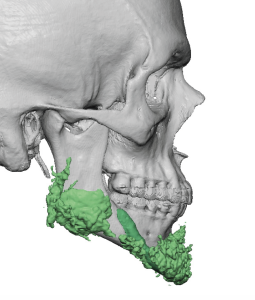
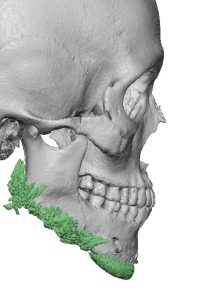
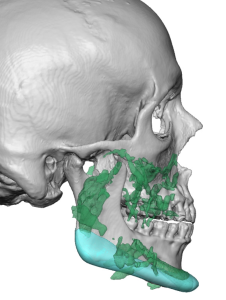
Managing Fillers During and After Implant Surgery
In the short term, the presence of filler material in addition to the implant may create an over-augmented appearance immediately after surgery. How significant this looks depends on how much filler remains at the time of surgery.
However, surgical swelling and the body’s natural inflammatory response typically accelerate the breakdown of the filler. Therefore, I do not find it critical to dissolve fillers before implant placement. Furthermore, unlike hyaluronic acid-based fillers, Radiesse is not easily dissolved with chemicals, making preoperative removal impractical.
Gender Trends with Radiesse/CustomFacial Implants
I don’t know of any definitive data showing a gender preference for Radiesse, but in my experience, more men seem to use it — or at least migrate to it earlier than women. This is likely due to its longer-lasting effects and its ability to achieve a more skeletal augmentation, which aligns with many men’s aesthetic goals. Not surprisingly, I often see Radiesse in male patients seeking custom facial implants.
Dr. Barry Eppley
World-Renowned Plastic Surgeon

